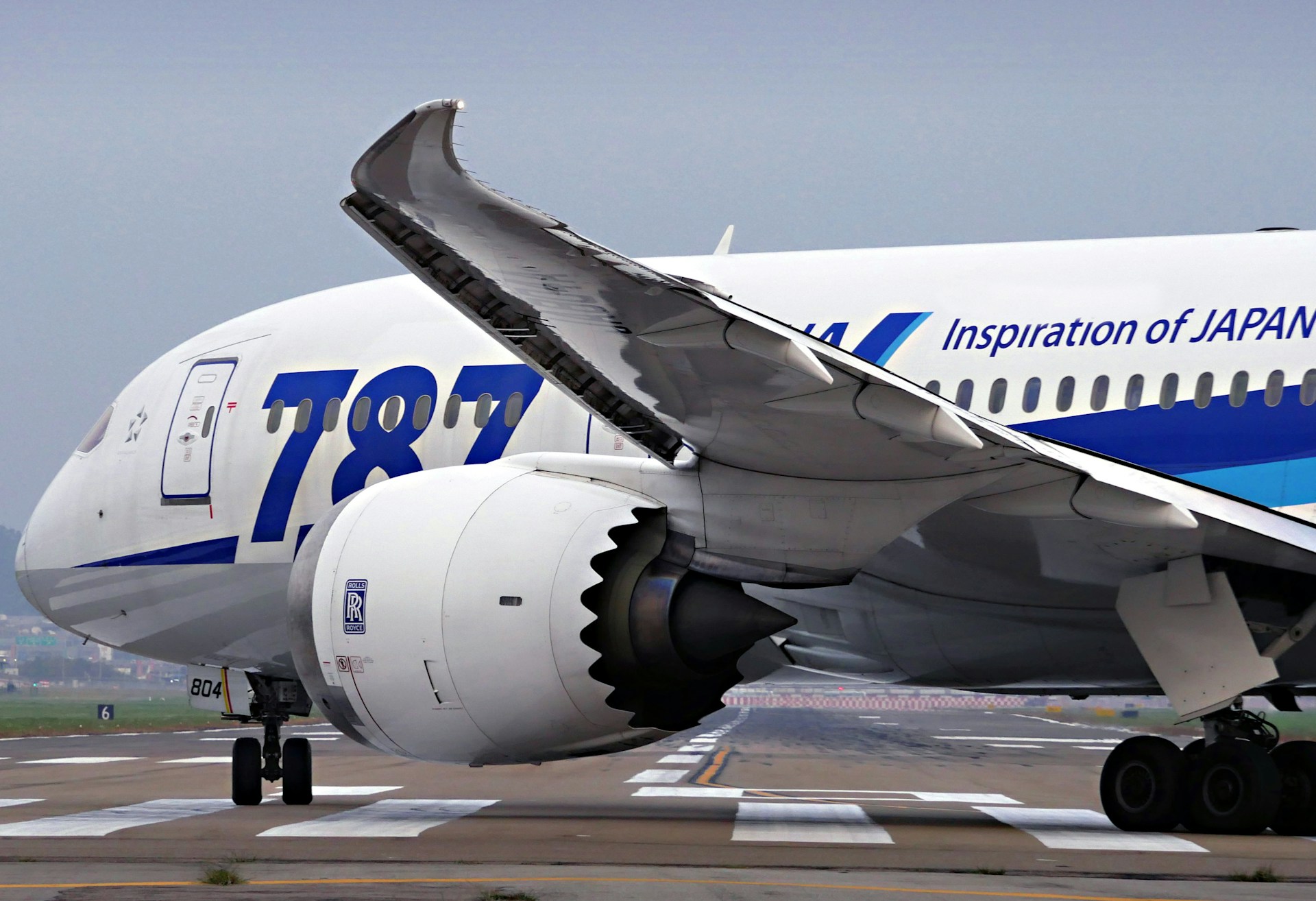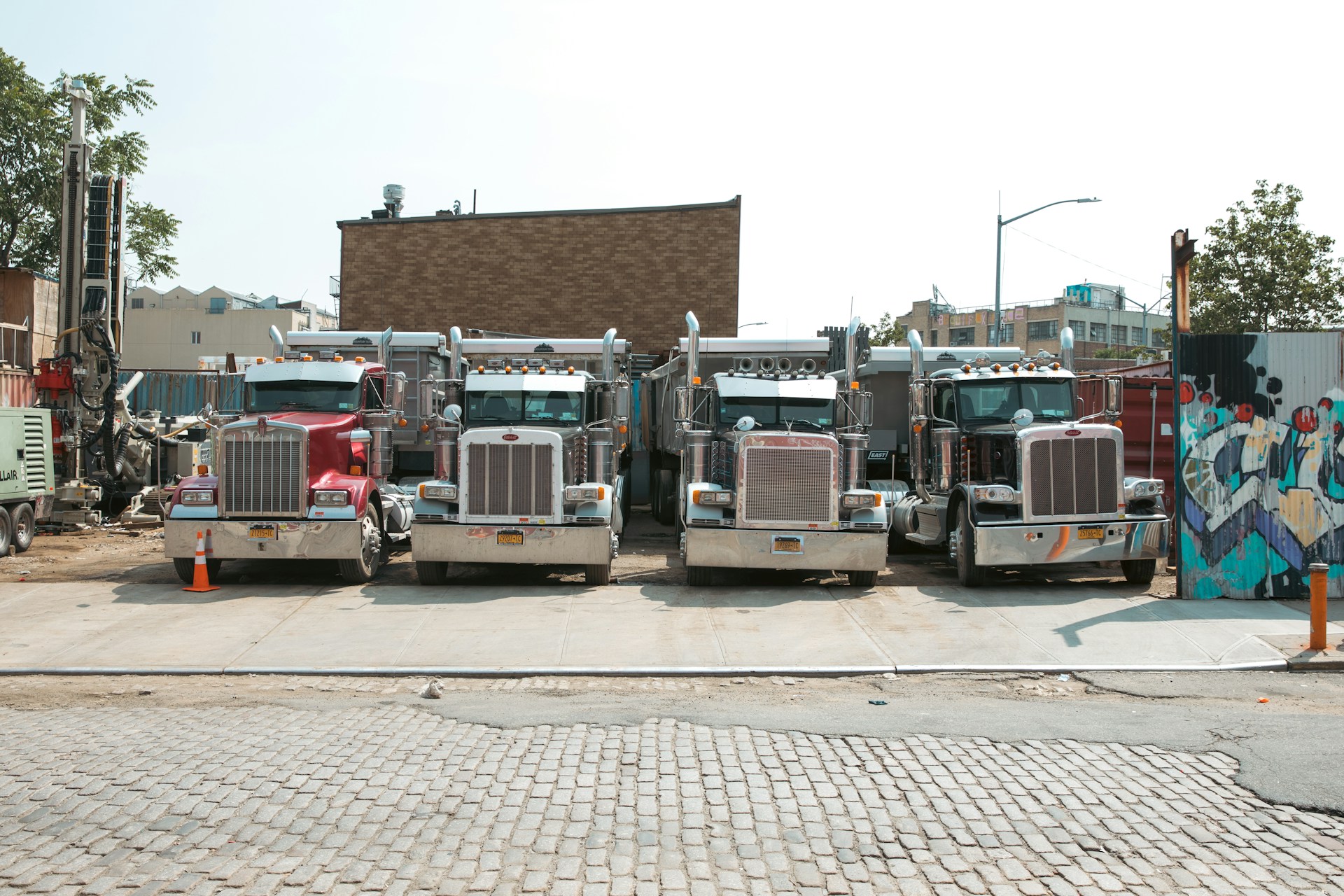South Korea’s flag carrier, Korean Air, announced a landmark preliminary agreement on Monday, August 26th, to purchase 103 aircraft from Boeing. The deal, the largest in the airline’s history, was unveiled during South Korean President Lee Jae-myung’s official visit to Washington.
The announcement was made at a formal event attended by key figures including Stephanie Pope, CEO of Boeing Commercial Airplanes, and Walter Cho, Chairman and CEO of Korean Air. U.S. Secretary of Commerce Howard Lutnick was also present, underscoring the deal’s economic significance for both nations. This move solidifies the long-standing relationship between the airline and the American manufacturer, providing a significant boost for Boeing.
A Closer Look at the Fleet Expansion
The massive letter of intent details a major overhaul and expansion of Korean Air’s fleet. The preliminary order consists of 50 737-10 jets, 25 787-10 Dreamliners, 20 777-9s, and eight 777-8 Freighters for its cargo division. This diverse selection of aircraft will allow the airline to modernize its operations across short-haul, long-haul, and cargo routes.
In addition to the aircraft order, Korean Air announced a separate $13.7 billion contract with GE Aerospace for the purchase and long-term maintenance of the engines that will power the new fleet. The groundwork for this agreement was laid earlier in the year, with South Korea’s Ministry of Industry signaling in March that a major deal with Boeing and GE Aerospace was imminent. This new commitment will nearly double the airline’s existing fleet of 108 Boeing aircraft.
Challenges on the Home Front
While the commercial division celebrates this major win, the celebratory mood is tempered by ongoing labor disputes within Boeing’s defense sector. The major order comes as the company navigates critical negotiations to end a strike that has impacted the production of key military aircraft.
Talks Resume in Defense Worker Strike
On Monday, August 25th, after a three-week stalemate, negotiations resumed between Boeing and the International Association of Machinists and Aerospace Workers (IAM) District 837. The union represents approximately 3,200 workers who walked off the job on August 4th after rejecting a contract proposal from the company.
The strike affects Boeing’s production facilities in St. Louis and St. Charles, Missouri, as well as Mascoutah, Illinois. These sites are critical for manufacturing military hardware, including the F-15 and F-18 fighter jets, the T-7 Red Hawk training system, and the MQ-25 aerial refueling drone. “Our members are the backbone of Boeing’s defense operations, and they deserve a contract that matches their skill, sacrifice, and dedication,” commented IAM President Brian Bryant during a visit to a picket line last week. “IAM members are not going to back down until they get the fair agreement they deserve.”
Sticking Points in Negotiations
The core of the dispute revolves around wages and benefits. The union is demanding a compensation package that keeps pace with the rising cost of living, as well as a contract that properly respects seniority and experience. In response, Boeing has stated that its current offer includes an average salary increase of 40%, in addition to more paid time off and sick leave. The resumption of talks marks the first formal contact between the two sides since the strike began, offering a potential path forward to resolve the disruption to the company’s vital defense programs.



